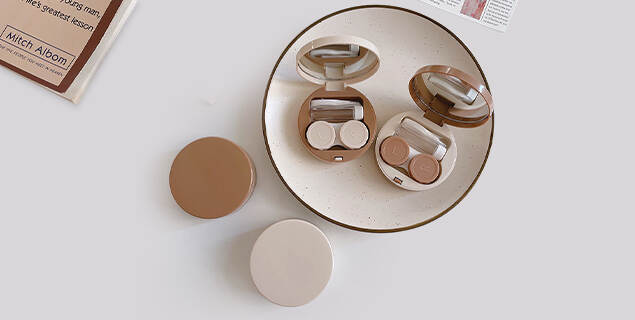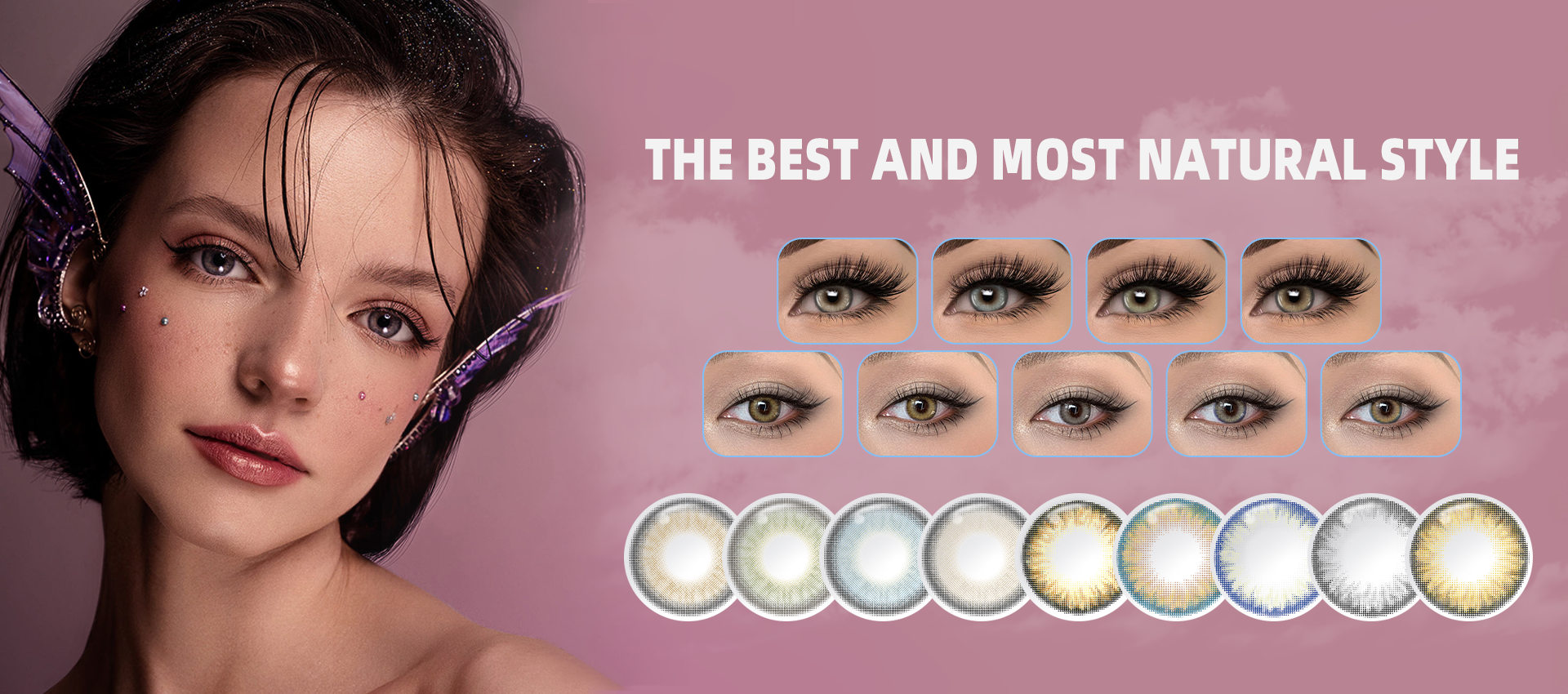Email format error
Email cannot be empty
Email already exists
6-20 characters(letters plus numbers only)
The password is inconsistent
Email format error
Email cannot be empty
Email does not exist
6-20 characters(letters plus numbers only)
The password is inconsistent

Whether you're looking to enhance your natural eye color or simply need an alternative to glasses, contact lenses offer a practical and fashionable solution. For beginners, however, the world of contact lenses can be a little overwhelming with its terminology, types, and care instructions. In this comprehensive guide by NEOCUTEY, a trusted contact lens and colored lens manufacturer, we’ll walk you through everything you need to know to get started safely and confidently.
Contact lenses generally fall into two main categories: clear (transparent) lenses and colored (cosmetic) lenses. Both types can be either prescription or non-prescription.
Clear Lenses: Designed primarily for vision correction. Invisible once applied.
Colored Lenses: Available with or without prescription, ideal for fashion and self-expression.
Soft Lenses: Made from gel-like materials for comfort; most popular among beginners.
RGP Lenses: More durable and allow high oxygen flow but may require longer adjustment.
Daily Disposables: Great for hygiene and convenience. No cleaning required.
Monthly/Yearly Lenses: Reusable but need regular cleaning and storage.
Prescription Lenses: Tailored to your eyesight. White Label Beauty Products Dropshipping.Always consult an eye care professional.
Non-Prescription: Popular in the cosmetic lens category, especially for parties, cosplay, or style.
Understanding the basic parameters of contact lenses helps you choose the most suitable and comfortable option.
Refers to the curvature of the lens. A proper match ensures comfort and fit. Common values range from 8.4mm to 8.7mm.
The overall width of the lens. Standard sizes range from 13.8mm to 14.5mm. Larger diameters provide a more pronounced eye-enlarging effect.
Indicates the percentage of water in the lens. Higher water content usually means more initial comfort but may dry out faster.
Measures how much oxygen passes through the lens. Essential for maintaining eye health during extended wear.
The lens' corrective strength. A value of 0.00 (plano) means no vision correction is included.
When choosing contact lenses, always consider your eye health, lifestyle, and aesthetic goals.
Start with daily disposables for ease and hygiene.
Select soft lenses for higher comfort.
Ask for a trial fitting with an optometrist.
Look for low water content lenses or those with high oxygen permeability.
Use re-wetting drops to maintain moisture.
Choose lenses with varied color tints: subtle, vivid, or multi-tone.
Pay attention to coloring diameter for the enlargement effect.
Consider monthly lenses with strong oxygen flow.
Commit to a regular cleaning routine.
Proper application and hygiene are vital for a safe wearing experience.
Wash and dry your hands thoroughly.
Place the lens on your fingertip.
Hold your eyelids and gently apply the lens to your eye.
Blink slowly and check for comfort.
Wash your hands.
Look upward and gently pinch the lens.
Clean or discard as needed.
Only use approved multi-purpose solutions.
Never use water to clean or store lenses.
Clean your lens case regularly and replace it every 1-3 months.
Can I sleep in my contact lenses?
Unless specified as overnight lenses, never sleep in them. It limits oxygen flow and may lead to infections.
Is higher water content always better?
Not necessarily. Higher water content can cause dryness for some users, especially in dry climates.
Can I wear contact lenses at any age?
There's no fixed age limit, but young users should demonstrate responsibility in hygiene. Often suitable from age 12+.
Are colored lenses safe?
Yes, if sourced from a certified manufacturer like NEOCUTEY, and used according to guidelines.

Feeling more confident about choosing contact lenses after reading this? If you still have questions, don't worry—keep following our updates for more helpful guides and tips. We regularly share new content to make your lens journey easier. Or, just reach out to us directly—we're happy to help! Ready to find your perfect pair? Explore our collection now and discover the ideal lenses for your style and vision.
At NEOCUTEY, we offer a wide range of safe, stylish, and beginner-friendly contact lenses, whether you're seeking a natural look or a bold transformation. All our lenses are manufactured with strict quality standards to ensure both comfort and eye health.